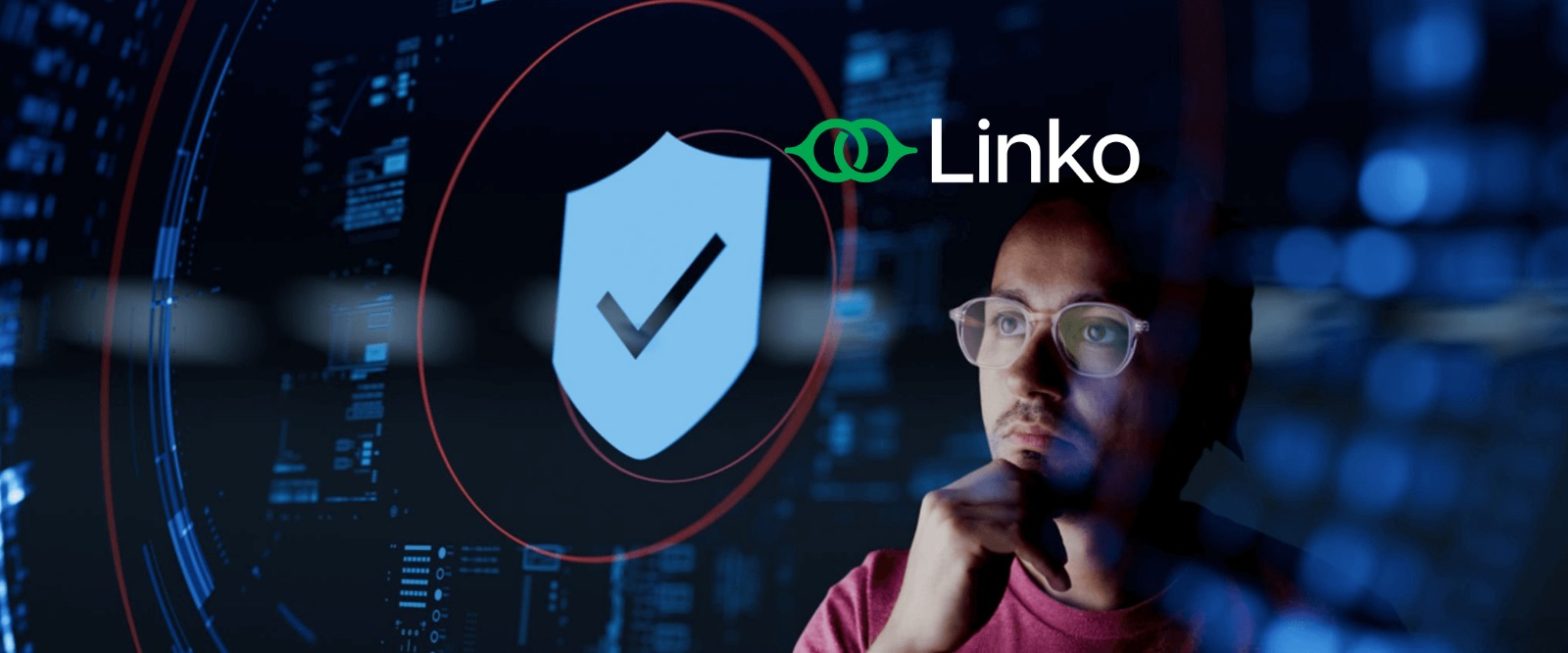Enterprise cybersecurity is no longer defined by a simple firewall. As organizations adopt remote work, cloud infrastructure, and connected devices, the attack surface has expanded exponentially. According to the 2025 Global Threat Landscape Report by Fortinet, cybercriminals are now leveraging AI and automation to launch large-scale, high-speed attacks. To stay ahead, companies must rethink their approach and adopt a modern, layered enterprise cybersecurity strategy that adapts to evolving risks.
This scenario calls for more than reactive solutions. Modern cybersecurity must be comprehensive, dynamic, and present across every layer of technological operations—from the network and applications to devices and people.
The Transformation of Digital Risk
The attack surface has not only expanded—it has become more complex. Threat actors no longer focus solely on breaching networks. They now persist within systems, move laterally, exploit weak cloud configurations, use social engineering, and infiltrate through third-party providers.
At the same time, many organizations continue to rely on traditional perimeter-based security architectures. Yet today, the perimeter no longer exists—data and users are distributed and constantly in motion.
In this new landscape, cybersecurity must evolve from a static defense model to a continuous organizational capability—able to anticipate, contain, and adapt to threats in real time.
The Five Pillars of Modern Enterprise Cybersecurity
Building an effective strategy requires a multifaceted approach that combines technology, processes, and organizational culture. These are the five pillars shaping next-generation cybersecurity:
1. Zero Trust: “Never trust, always verify”
The Zero Trust model eliminates implicit trust within a network, assuming that any actor—user, device, process, or network—may be a threat. Every access attempt must be authenticated, authorized, and encrypted, regardless of origin.
Its implementation involves network segmentation, granular access controls, least-privilege policies, and continuous verification.
2. Complete Visibility and Continuous Monitoring
Security depends on knowing what’s happening at all times. Organizations need tools that provide full visibility over digital assets—users, devices, data flows, and application behavior.
Advanced analytics and AI-driven detection tools can identify unusual patterns that may signal a threat, even before an incident occurs.
3. Automated Incident Response
Speed is everything. Integrating orchestration and management tools (SIEM and SOAR) enables organizations to respond to security incidents in minutes—or even seconds—instead of hours.
Automation may include blocking a suspicious IP, revoking credentials, or isolating a compromised endpoint. This minimizes the impact and prevents minor incidents from escalating.
4. Cyber Resilience: Preparing to Continue
It’s not enough to prevent attacks—organizations must be able to continue operating and recover quickly when incidents happen. Cyber resilience combines business continuity planning, disaster recovery, reliable backups, and regular simulations.
The goal is not to eliminate all risk but to ensure that critical systems remain operational or can be restored swiftly.
5. Security Culture and Shared Responsibility
Even the most advanced technologies are vulnerable if processes and people are not aligned. Creating a security-first culture requires continuous training, clear protocols, simulations, and accessible reporting channels.
Everyone—not just the IT team—must understand their role in protecting information assets.
A Strategy That Evolves With the Threats
Cybersecurity is not a one-time project—it is a living function that must adapt alongside technological change, regulatory updates, and emerging threats.
By incorporating principles such as risk-based monitoring, intelligent access segmentation, and context-aware threat detection, organizations can build more agile and adaptive defenses.
“Investing in cybersecurity is no longer optional. It is a direct investment in business continuity, reputation, and digital future.”
Digital security can no longer be treated as a technical barrier. It requires a comprehensive strategy grounded in a deep understanding of the operating environment, current threats, and organizational goals.
Strengthening enterprise cybersecurity means going beyond the firewall—by embedding intelligence, automation, resilience, and shared responsibility across the entire digital infrastructure.
At Linko, we help organizations design robust and evolving cybersecurity strategies tailored to their processes, infrastructure, and risk landscape.
Book a diagnostic session with our team and discover how to elevate the protection of your digital environment.
